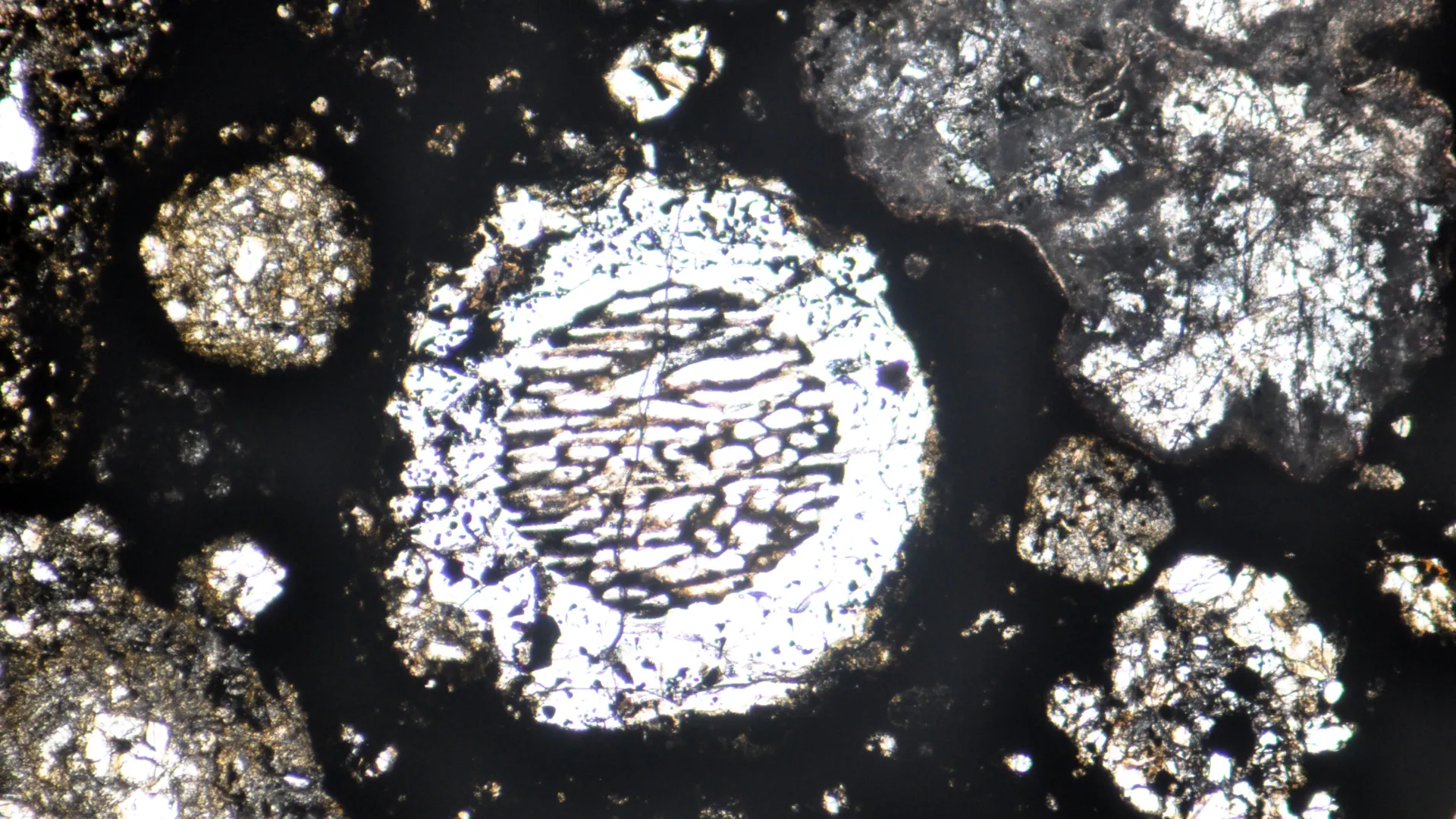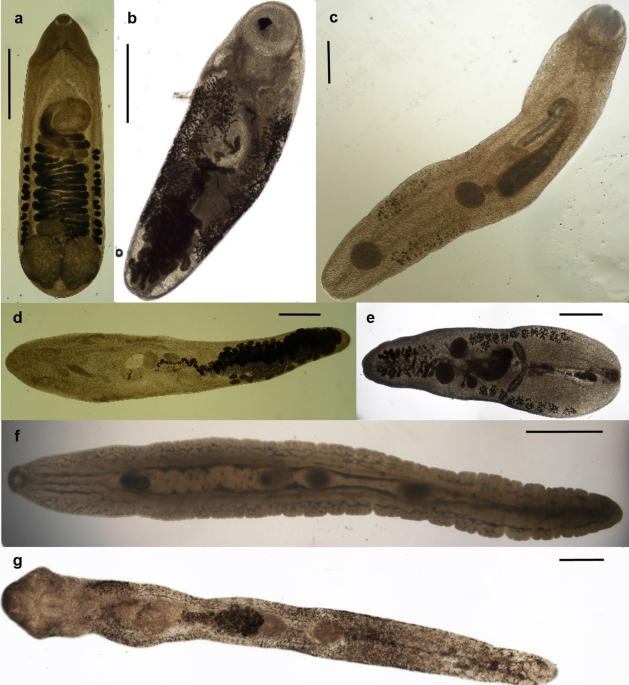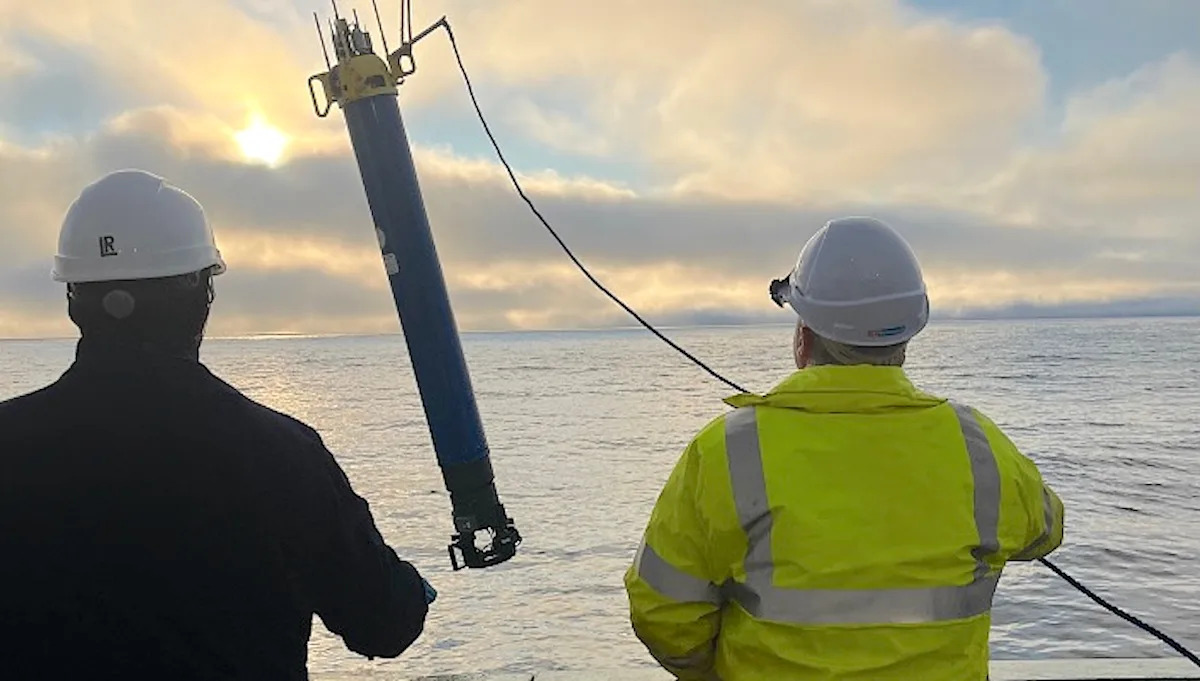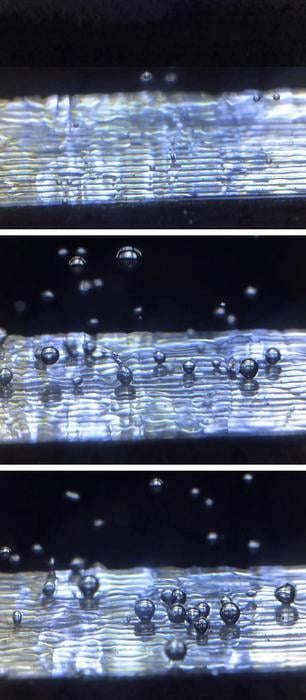Upcoming titles:
“What Is Intelligence?: Lessons from AI About Evolution, Computing, and Minds,” by Blaise Agüera y Arcas (MIT Press)
The convergence between neuroscience and artificial intelligence in the past few years has sparked lively discussions, including debate about what both fields consider to be fundamental aspects of cognition, consciousness and intelligence. In his new book, AI researcher Blaise Agüera y Arcas synthesizes ideas from computer science, machine learning and neuroscience to provide a bold perspective on intelligence, arguing that the ability of a system to predict may be fundamental not only to intelligence, but also to life itself.
Publication date: 23 September 2025
“The Great Balancing Act: An Insider’s Guide to the Human Vestibular System,” by Jeffrey Sharon (Columbia University Press)
How does the vestibular system integrate a barrage of sensory information to enable animals to navigate the world? In “The Great Balancing Act,” Jeffrey Sharon addresses these and other questions about this elegant sensory system that helps regulate proprioception and spatial reasoning. Sharon discusses how the vestibular system evolved and how it interacts with brain areas that process vision, abstract thought and memory. He ends the book on a forward-looking note, explaining how insights from basic neuroscience are propelling exciting advances in prosthetic implants and gene therapies to help rebuild cellular structures in diseased vestibular systems.
Publication date: 14 October 2025
“Why Brains Need Friends: The Neuroscience of Social Connection,” by Ben Rein (Penguin Random House)
Neuroscientist Ben Rein offers readers a nuanced assessment of the relationship between social psychology and neuroscience. A well-known science communicator, he skillfully distills years of social and behavioral neuroscience research to explore why social connection is essential for humans’ mental health and well-being. Rein places neuroscience at the center of his new book, arguing that to date, the conversation around loneliness and isolation in modern-day society has failed to incorporate it.
Publication date: 14 October 2025
“How to Change a Memory: One Neuroscientist’s Quest to Alter the Past,” by Steve Ramirez (Princeton University Press)
In this new page-turner, Steve Ramirez provides an overview of the history of memory research with a personal touch. Part scientific exploration, part memoir, Ramirez delivers a wide-ranging assessment of the field, all while weaving in his journey as a scientist and his relationship with his colleague and friend, neuroscientist Xu Liu. He recounts the scientific advances that broadened neuroscience’s understanding of memory storage and encoding, analyzes how the field is trying to address debilitating memory disorders and examines the extent to which memory research is intertwined with the human condition.
Publication date: 4 November 2025
“Neuroethics: The Implications of Mapping and Changing the Brain,” by Walter Glannon (MIT Press)
Ethical considerations frequent the minds of clinicians and basic neuroscientists alike. Here Walter Glannon considers the past 25 years of the neuroethics field and offers his take on some of its most pressing issues. He tackles questions about the safety and efficacy of psychedelic drugs for psychiatric disorders, brain computer interfaces, the increasing interactions between neuroscience and AI, behavioral control and neural interventions, and much more.
Publication date: 11 November 2025
“Wired for Words: The Neural Architecture of Language,” Gregory Hickok (MIT Press)
In 424 pages, cognitive neuroscientist Gregory Hickok surveys the landscape of neurolinguistic research, providing a detailed analysis of the neural mechanisms that regulate speech, including motor coordination, word recognition and perception and encoding. He carefully considers some of the predominant research ideas that have shaped our understanding of the neural architecture of language and evaluates their pervasiveness. In the exemplary case of the dual stream model of speech processing, Hickok argues that even though some of its core ideas remain useful, its persistence could obstruct further progress in our understanding of language perception and brain organization.
Publication date: 25 November 2025
Also published in 2025:
“Crosscultural Perspectives on Mind and Brain,” edited by Judy Illes and Melissa Perreault (Academic Press)
The eighth volume of “Crosscultural Perspectives on Mind and Brain” places its focus squarely on how Indigenous knowledge can contribute to and enrich scientific understanding of the brain. Judy Illes and Melissa Peurreault feature essays, written by cognitive neuroscientists, neuroethicists and philosophers, about the importance of Indigenous perspectives in modern brain research and how to improve global neuroliteracy through community-tailored science communication.
Publication date: 4 August 2025
“Space, Time, and Memory,” edited by Lynn Nadel and Sara Aronowitz (Oxford University Press)
As sweeping as its title, this summer release examines three mystifying concepts through the lenses of philosophy, psychology and neuroscience. Edited by Lynn Nadel and Sara Aronowitz, the book sprang from a workshop of the same name held at the University of Arizona in 2022 and features contributions from a variety of brain experts, including Charan Ranganath, Ida Momennejad and György Buzsáki. Nadel and Aronowitz curate a range of perspectives to showcase the value of taking a multidisciplinary approach to understanding the fundamental processes of the brain.
Publication date: 28 June 2025
“Elusive Cures: Why Neuroscience Hasn’t Solved Brain Disorders—and How We Can Change That,” by Nicole Rust (Princeton University Press)
In this ambitious book, neuroscientist (and Transmitter contributing editor) Nicole Rust evaluates her field’s triumphs and failures, and the future of neurological disease studies. She provides a balanced critique of the molecular neuroscience framework long used to study brain disorders and proposes an alternative for how to move forward. Laying out her “grand plan,” Rust calls for a shift away from seeing neurological diseases as step-by-step, ‘domino chain’ processes to a more holistic view of them as states within complex, shifting dynamical systems. Read an excerpt from Chapter 9 of “Elusive Cures.”
Publication date: 10 June 2025
“Natural Neuroscience: Toward a Systems Neuroscience of Natural Behaviors,” by Nachum Ulanovsky (MIT Press)
The call to study behavior under naturalistic conditions has drawn increasing attention among modern-day neuroscientists—and Nachum Ulanovsky finds himself at the forefront of this movement. In “Natural Neuroscience,” he asks the field to move away from overly controlled experiments and outlines the advances that are making it possible to examine behavior under more naturalistic conditions. Ulanovsky describes in detail how this research is helping the field to understand navigation, sensory processing, memory and more. Read an excerpt from Chapter 1 of “Natural Neuroscience.”
Publication date: 15 April 2025
Textbooks:
Neuroscience: Exploring the Brain, Enhanced Edition (Fifth Edition), by Mark Bear, Barry Connors and Michael Paradiso (Jones & Bartlett Learning)
The classic undergraduate introductory neuroscience textbook by neuroscientists Mark Bear, Barry Connors and Michael Paradiso is a mainstay in neuroscience departments everywhere. As the book celebrates its 30th anniversary, it remains as relevant as ever. The new edition features chapters that are updated with the latest research advances, improved visuals and figures, and 26 new “Path of Discovery” essays, in which neuroscientists tell stories about their key contributions to the field. Essay contributors include Emery Brown, who discusses his work on brain wave oscillations; Ghislaine Dehaene-Lambertz, who examines the value of studying linguistic networks in infants; and Gül Dölen, who shares how she studies psychedelics in octopuses. These additions reinvigorate a classic textbook that has already taught scores of young neuroscientists.
Publication date: 14 July 2025
Theoretical Neuroscience: Understanding Cognition, by Xiao-Jing Wang (CRC Press)
In his new textbook, computational neuroscientist Xiao-jing Wang dives deep into theory and modelling to put the field of quantitative and computational neuroscience into historical perspective. He deftly guides readers through biophysical models of single neurons, recurrent network dynamics of neuronal populations and everything in between. In the textbook’s final chapter, Wang shares his forward-looking views on some of computational neuroscience’s most pressing mysteries, such as the dynamical nature of the restless brain, what constitutes human cognitive uniqueness and whether brain theory can incorporate emotion. Check out Wang’s conversation with Paul Middlebrooks about the book.
Publication date: 27 February 2025










